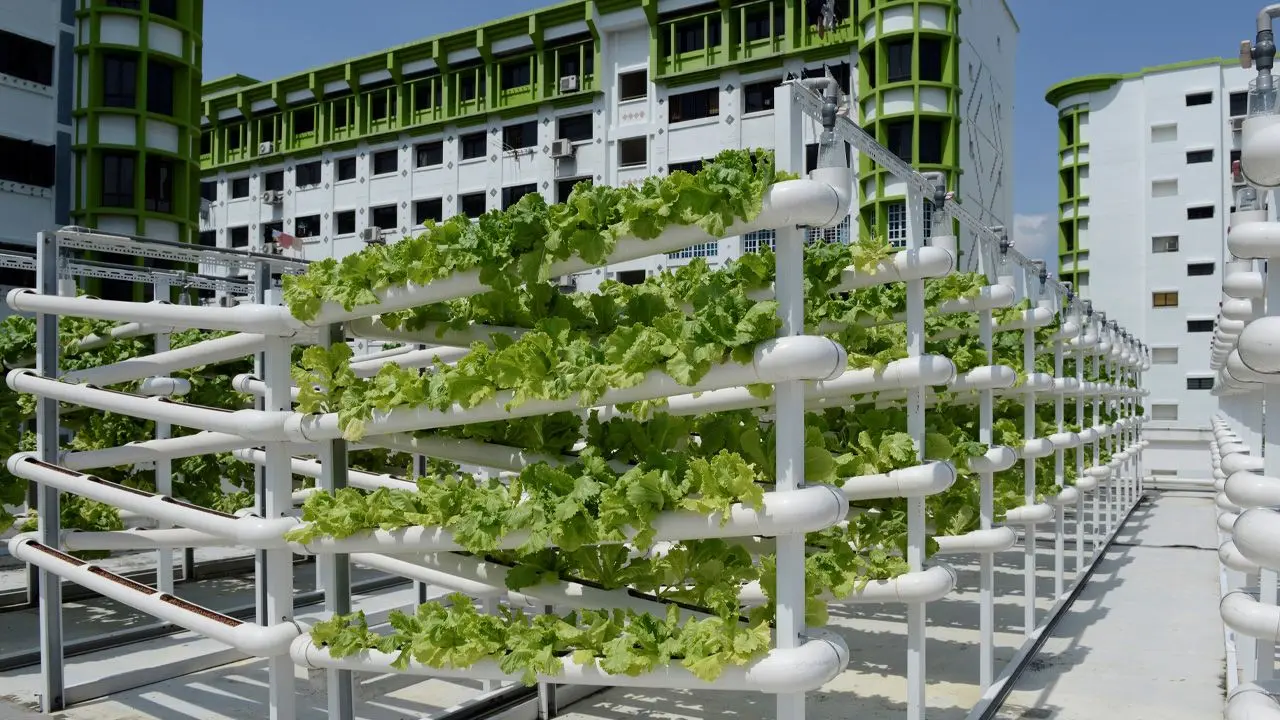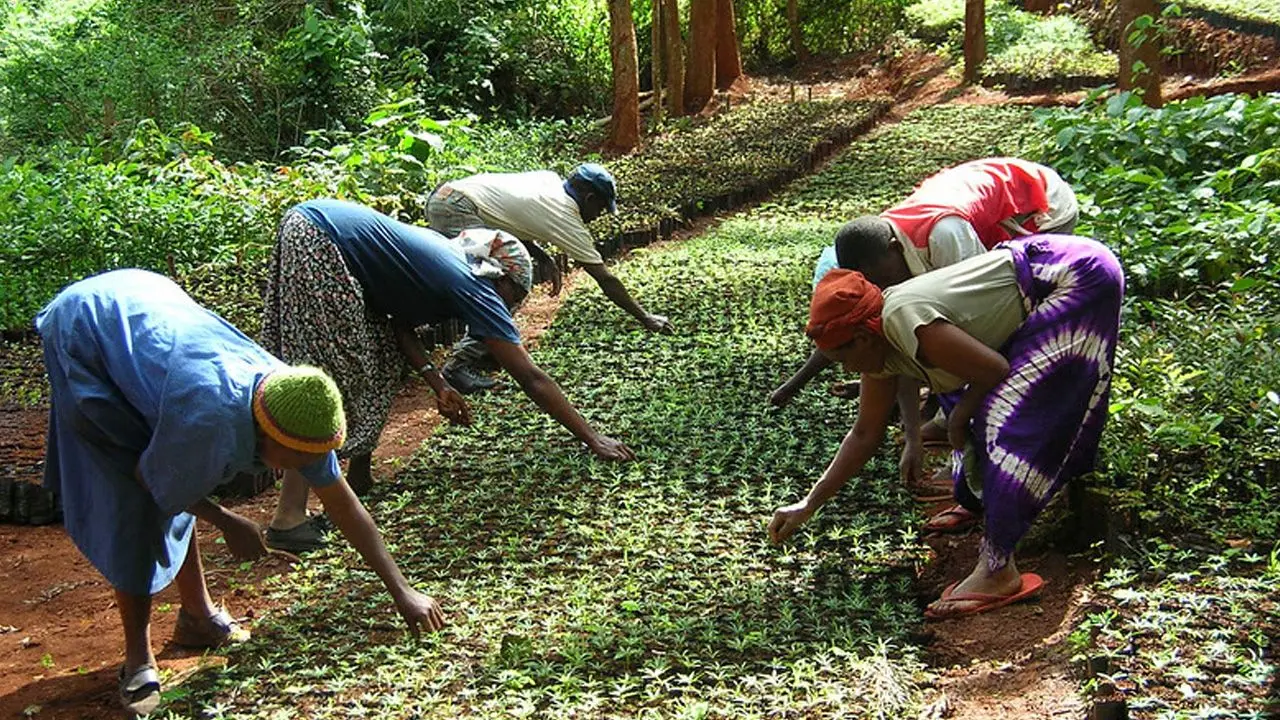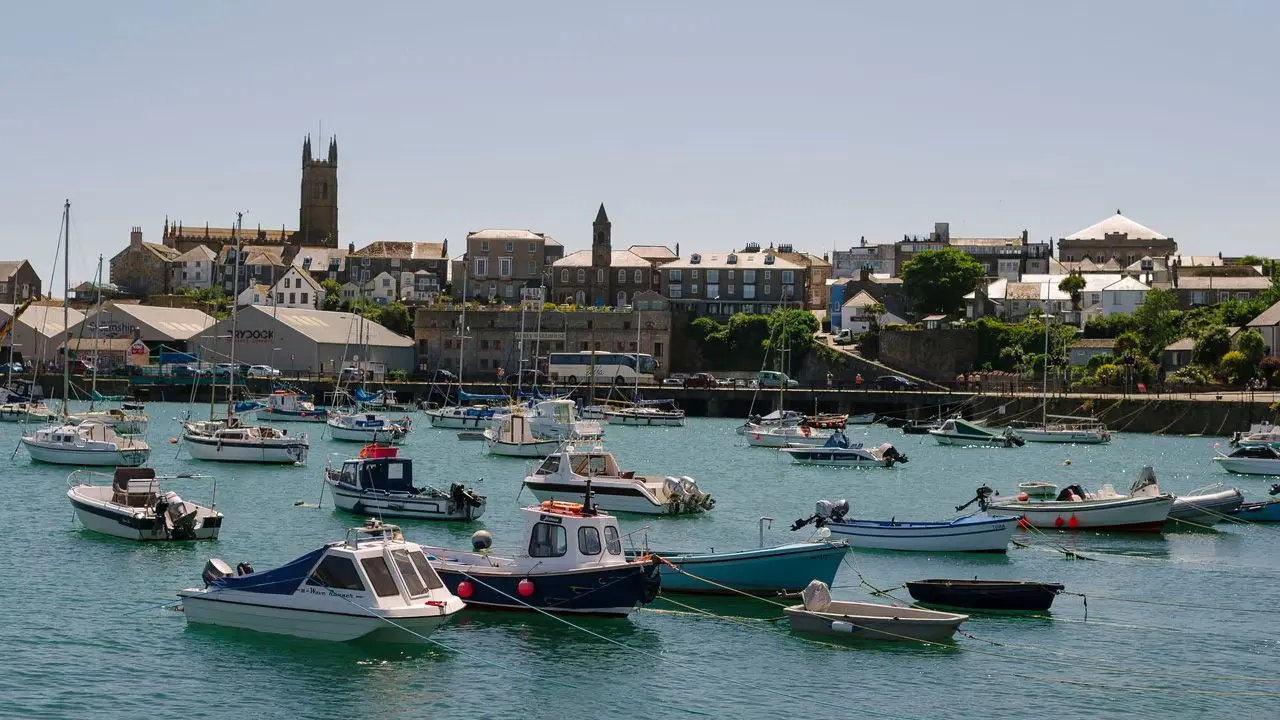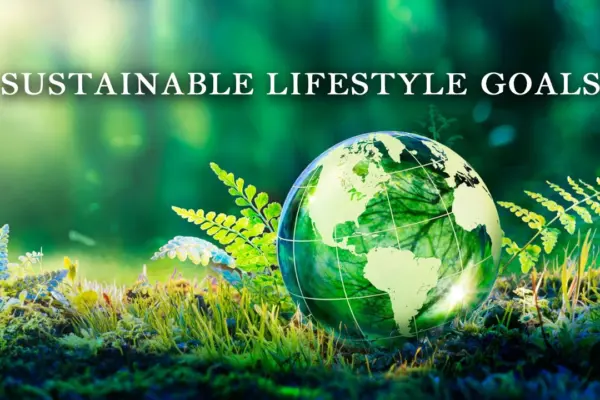7 Inspiring Sustainability Initiatives Around the World
Leading with hope and optimism for a better tomorrow
The current environmental challenges can feel overwhelming. From climate change to deforestation, they seem endless. While you may think that these ecological phenomena don’t affect you, the truth of the matter remains that rapid industrialization and urbanization have led to increasing plastic pollution, depleting resources, and reshaping landscapes. The changing rainfall patterns, flash floods, prolonged droughts, ocean acidification, and deforestation are primary effects of mankind’s assault on the natural world.
All of this is enough to cause someone distress and an existential crisis. Before you spiral into the vicious cycle of pity and pessimism, there are ways to actively reverse these effects and restore the balance. Remember, a small good deed on your part goes a long way. Many countries and communities around the world are taking action to create a better world for everyone through inspiring sustainability initiatives. Here are the seven notable ones that you should know about.
Singapore’s Urban Farming
Singapore may have limited land for farming, but that didn’t stop its people from finding creative ways to cultivate food. The government aims to produce 30 percent of the nation’s nutritional needs locally by 2030 through urban farming strategies, such as:
- Vertical farming: This involves growing crops in vertically stacked layers, often in controlled environments like buildings. It uses less space but produces more food, which is a smart move for land-scarce Singapore
- Indoor fish farming: The country is developing indoor fish farming as part of its strategy to reduce reliance on imports. Many businesses implement culture tanks for raising fish, featuring a recirculating aquaculture system with self-cleaning capabilities
- Precision agriculture: This technique involves farming using modern technology like sensors, drones, and algorithms to collect data and make smart decisions
With food prices increasing, it’s a brilliant idea to adopt urban farming practices at home or in your community. It’s also a fun way to teach children about where their food comes from, while reducing the burden on the land.

Image: Reuters/Loriene Perera
Sweden’s Textile Recycling Initiative
Sweden’s goal is to make recycling clothes and fabrics easy. Starting January 1, 2025, the government requires all textile waste to be sorted and collected separately from other waste. This initiative helps keep clothes out of landfills and inspires people to repair and upcycle old materials.
The purpose is to create a circular economy, where everyone uses resources more efficiently, reuses items, and recycles damaged ones. This initiative shows you can breathe new life into your clothes and other fabrics, whether by donating them or turning them into something new.

Image: Sysav/Andreas Offesson
Kenya’s The Green Belt Movement
The Green Belt Movement shows the power of local communities. Founded by Nobel Peace Prize laureate Wangari Maathai, it gives women a voice and a role in protecting their communities using tree planting as an entry point.
They’ve planted over 51 million trees in Kenya to fight deforestation, improve livelihoods, and promote peace. It’s a living testament that environmental action can go hand in hand with social justice.
This movement also shows that environmental protection can start with something simple. Find out if there are local tree-planting initiatives in your area. If not, consider planting one in your yard or a pot.

Image: The Green Belt Movement
Costa Rica’s Renewable Energy Success
Costa Rica is a global leader in renewable energy. This small nation generates over 98% of its electricity from renewable sources and plans to eliminate greenhouse gas emissions by 2050. The secret is a brilliant combination of natural resources, responsible travel initiatives, and smart long-term planning.
Diverse renewable energy sources include hydropower, geothermal, wind, and solar power. What sets Costa Rica apart is that it started investing in hydropower in 1884 and has prioritized clean energy infrastructure for decades. This proves that a country can achieve environmental sustainability regardless of size through strategic long-term planning and leveraging natural resources.

Image: Coope Santos
The UK’s Plastic-Free Towns
Discarded plastic waste is harming the planet and possibly your health. Several UK towns are working together to reduce single-use plastics and encourage people to be more environmentally conscious:
- Penzance: The first UK town to attain a plastic-free status, conducting clean-ups and awareness campaigns
- Aberporth: A small, plastic-free village in Wales that encourages using paper straws, reusable bags, and cardboard containers
- Plymouth: The largest UK community that has achieved a plastic-free status — it has eliminated over 80 plastic products from daily use and organized events to promote plastic reduction
These towns highlight that even small changes in your daily routine can reduce your plastic footprint. Carrying reusables, refusing single-use plastics, and supporting plastic-free businesses are excellent strategies.

Image: Jim Wileman/The Guardian
The U.S.’s Green Roof Programs
Green roofs refer to buildings with gardens on their rooftops. They help insulate the building, absorb rainwater, and create mini habitats for birds and insects. One of the most famous green roofs in the U.S. is the California Academy of Sciences Living Roof, where hills are lined with 50,000 biodegradable vegetation trays with 1.7 million plants.
New York City has around 730 buildings with green roofs, providing habitat for animals and open space in a crowded city. Even if you don’t have a whole rooftop, you can add plants to your patio, balcony, or window sills to add greenery to your space.

Image: Skyland USA/rooflite
The World Wildlife Fund (WWF)’s Earth Hour
Nature gives so much — the food you eat, the air you breathe, and the water you drink. WWF’s Earth Hour is a movement that calls on people to turn off their nonessential lights or do anything eco-friendly for one hour. It’s a simple act, yet it sends a powerful message about the importance of caring for the planet when done collectively.
It reminds you that you must play your part in protecting the Earth. Mark your calendar for Earth Hour — usually in March — and join millions worldwide in switching off the lights. However, you don’t need to wait until then to make a difference. Make it a habit to turn off lights and unplug chargers when they’re not in use.
Help Save the Environment
These sustainability initiatives around the world are leading with hope and optimism at the core that the damage we have done to our planet can be reversed, and we may yet stop our impending doom. May these examples inspire you to find your way to contribute to the planet. Every action matters, whether mending your clothes, carrying a reusable bag, or simply turning off a light. You can inspire others around you to do so simply by leading by example.


